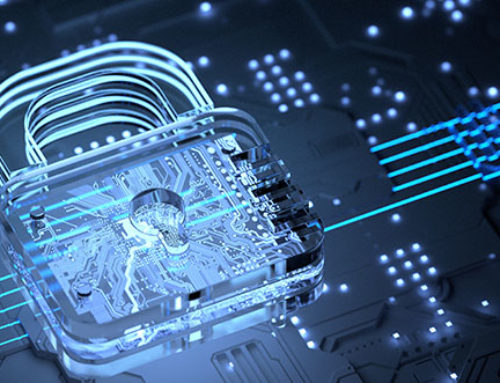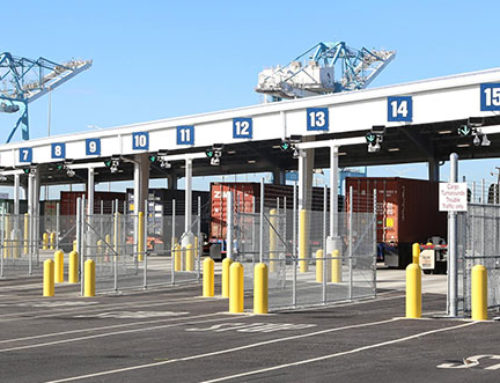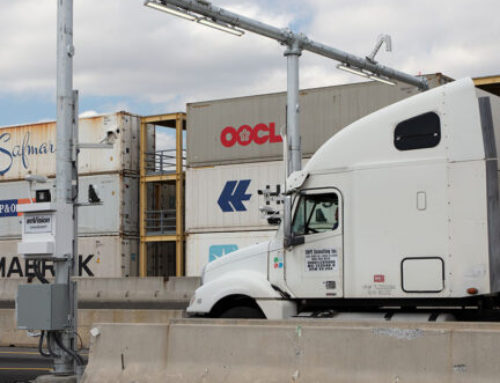We’re all familiar with these hazard placards. Public safety relies on them in the swift and secure transfer of hazardous materials. But while compliance verification of hazard placards at ports and terminals is necessary, it often slows the supply chain to a frustrating crawl. And in the logistics world, time is money.
That’s why NASCENT has applied it’s extensive vision expertise and image analytics capabilities to streamline and automate the detection and identification of hazardous placards. Through the magic of NASCENT’s vision technology, hazardous placards can now be detected and recognized in real time on shipping containers and trailers as they pass, non-stop, through NASCENT’s enVision Portal.
Imagine the acceleration of movement that comes at your port or terminal gates when hazardous freight can simply pass through, knowing that:
- All hazard placards are detected and identified
- The associated class(es) and division(s) are identified
- All placards are correctly displayed and matched on all sides of the container/trailer
…all in an instant.
That’s a significant leap compared to our competition which, to date, only offers hazard placard detection, which means their system’s capabilities are limited to alerting a human to the presence of a hazard placard. After that, the human must get involved to identify the class and, possibly, the specific division.
How accurate is NASCENT’s Hazard Placard Identification application? Very. Designed by NASCENT’s Computer Vision Engineer (and YouTube tech sensation) Chris Dahms, on a routine day, the application can read ISO containers with around 92% degree of confidence. “If a placard can be seen and properly identified by a human eye, this system can do it as well. In some cases, even better. There are conditions, however, which can hinder the performance of both.”
A snowy day, for example, may result in some number of what Dahms calls “lower confidence reads.” He goes onto explain that “sometimes, a layer of snow builds up on the placard, fully or partially obstructing the view. In those cases, there’s not much we can do from a software standpoint to improve the situation.”
But, even in less-than-optimal conditions, the system is correctly identifying hazardous placards more than 80% of the time. That means, even on the worst day, the system can significantly reduce processing time and safely eliminate human intervention for 80 out of 100 containers and trailers. That’s a substantial time savings.
We genuinely believe that hazardous placard detection immediately results in a measurable impact in terminal gate operations and is a win-win for the parties involved. The terminal saves time and money, and the driver reduces his wait time — all while helping to ensure compliance with regulations surrounding the movement of hazardous goods.
Image analytics is the future of gate automation, and the future is here, at NASCENT. In addition to Hazard Placard Identification, we’re currently introducing Carrier Identification, Damage Inspection and Tire Inspection applications for all our enVision customers. CONTACT US TODAY to learn more.
Not currently a NASCENT customer enjoying the benefits of the enVision portal? Contact us. Because “seeing” is believing.



